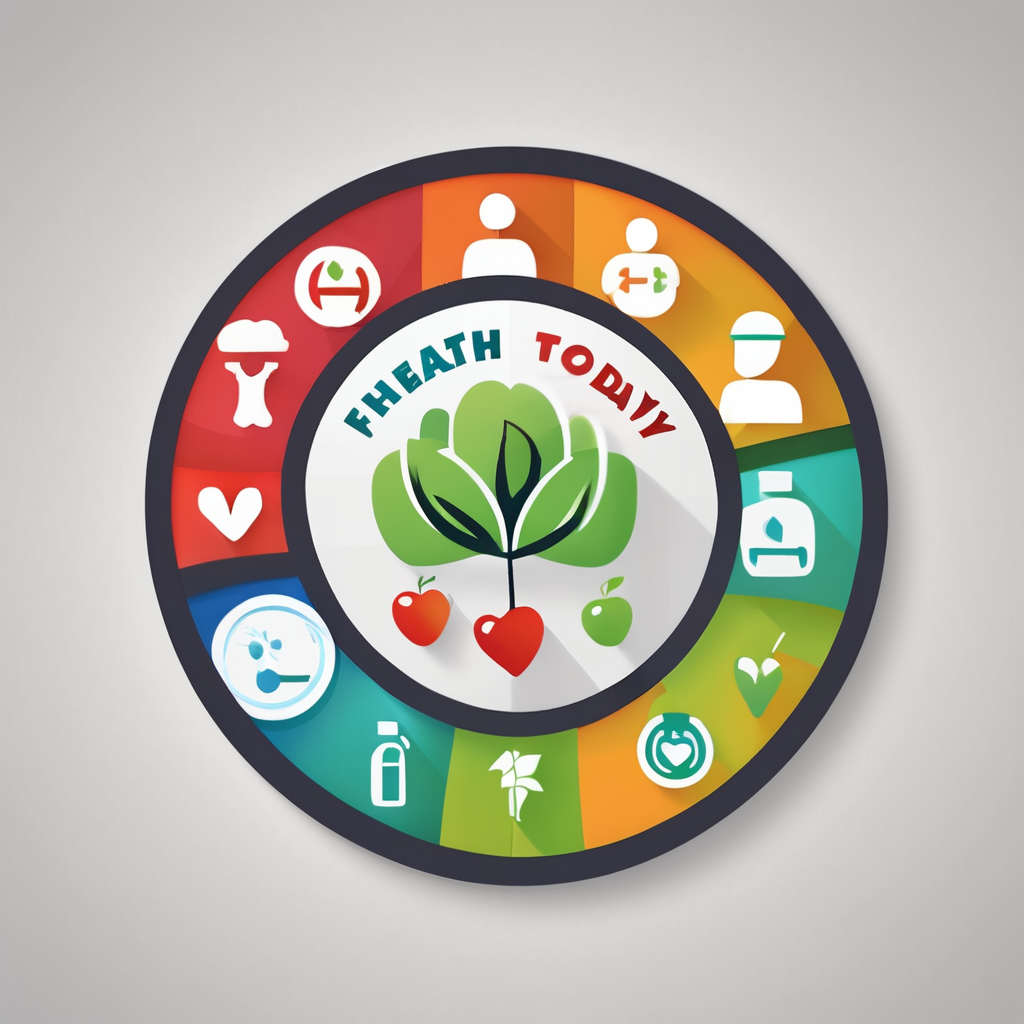In today’s fast-paced world, the concept of work-life balance has become increasingly relevant. With the relentless demands of professional commitments and the equally pressing need to nurture personal lives, striking the right balance is vital for maintaining mental and physical well-being. For many employees, finding this equilibrium feels like walking a tightrope. However, understanding the key components of a healthy work-life balance, and knowing how to implement them, can transform how you navigate daily stress and enhance overall health.
Understanding the Elements of Work-Life Balance
Work-life balance is the seamless blend of professional duties and personal responsibilities. It isn’t about splitting time equally between the two but about creating a harmony that supports both domains effectively. Let’s delve into the essential components that contribute to achieving this balance:
Also to see : How can you identify the signs of depression and what steps can you take to seek help?
1. Establishing Boundaries
Creating clear boundaries between work and personal life is crucial. This means setting specific work hours and sticking to them, as well as defining spaces in your home that are dedicated to work. These boundaries help in preventing work from encroaching on personal time and vice versa.
2. Prioritizing Health
Maintaining mental and physical health is foundational to any balanced life. Engage in regular physical activities that you enjoy, such as jogging, yoga, or dance, to keep your body active. Equally important is nurturing your mental health through meditation, reading, or simply spending time with loved ones.
Also read : What are the best practices for managing chronic pain without relying solely on medication?
3. Time Management
Effective use of time can make a world of difference. By prioritizing tasks and delegating where possible, you can free up time for both work and personal activities. Leverage tools like calendars or task management apps to stay organized.
4. Seeking Support
Do not hesitate to seek support when needed, whether it’s from friends, family, or professional counselors. Sharing your challenges and getting advice can help alleviate burdens, making it easier to navigate both work and life demands.
5. Engaging in Relaxation Activities
Incorporating relaxation activities such as reading, listening to music, or spending time in nature can significantly reduce stress levels. These activities offer a much-needed break, allowing you to recharge and return to tasks with renewed energy.
Attaining a healthy work-life balance involves more than just time management; it’s about aligning your lifestyle with your values and goals.
How to Achieve and Maintain Work-Life Balance
The path to a harmonious work-life balance is paved with conscious choices and lifestyle changes. Here’s how you can achieve and maintain it:
1. Define Your Priorities
Understanding what matters most in your life is foundational. Reflect on your personal and professional goals and determine which areas require more attention. Knowing your priorities will guide you in allocating time and resources wisely.
2. Set Realistic Goals
Set achievable goals for both work and personal life. Having clear, actionable goals ensures progress and prevents the feeling of being overwhelmed. Break down larger tasks into smaller, manageable steps to maintain momentum.
3. Embrace Flexibility
Flexibility is key in adapting to life’s unexpected turns. Be open to change and allow yourself to adjust schedules or responsibilities as needed. This adaptability will help in maintaining balance even amid uncertainties.
4. Maximize Quality Time
Focus on the quality of time rather than the quantity. Whether it’s a brief but meaningful conversation with a loved one or an uninterrupted hour of work, ensure that the time spent is fulfilling and productive.
5. Evaluate Regularly
Regularly assess your current work-life balance status. Reflect on what’s working and what isn’t, and make necessary adjustments. This ongoing evaluation helps in maintaining balance as life evolves.
Achieving work-life balance is an ongoing journey rather than a one-time fix. It requires continuous effort and commitment to sustain a harmonious lifestyle.
The Role of Employers in Supporting Work-Life Balance
Employers play a crucial role in fostering a culture that supports work-life balance. Here are ways organizations can contribute:
1. Flexible Work Arrangements
Offering flexible work options such as telecommuting or flexible scheduling can greatly enhance employees’ ability to balance personal and professional commitments. This flexibility can lead to increased job satisfaction and productivity.
2. Encouraging Breaks and Downtime
Promoting regular breaks and downtime during work hours is essential. Encourage employees to take lunch breaks or short walks to recharge. These moments of rest can significantly boost productivity and creativity.
3. Providing Wellness Programs
Implement wellness programs that focus on mental and physical health. Activities like yoga sessions, mental health workshops, or gym memberships can support employees in maintaining their overall well-being.
4. Constructive Feedback and Open Communication
Foster a culture of open communication where employees feel comfortable discussing their challenges. Constructive feedback helps in identifying issues and finding collaborative solutions, leading to a more balanced work environment.
By prioritizing work-life balance, employers can create a supportive workplace that benefits both the organization and its employees.
Practical Tips to Enhance Work-Life Balance
Implementing practical strategies can significantly improve your work-life balance. Consider the following tips:
1. Limit Work Hours
Resist the temptation to extend work hours beyond what is necessary. Establish a clear end to your workday and stick to it. This discipline ensures you have ample personal time to unwind.
2. Create a Designated Workspace
Having a dedicated workspace helps maintain a mental distinction between work and personal life, especially for those working remotely. This separation ensures better focus and relaxation.
3. Incorporate Leisure Activities
Prioritize leisure activities that bring joy and relaxation. Whether it’s a hobby, a sport, or spending time with loved ones, make time for activities that recharge you.
4. Communicate Effectively
Maintain open lines of communication with colleagues, friends, and family regarding your availability and commitments. Effective communication prevents misunderstandings and fosters a supportive network.
5. Practice Mindfulness
Mindfulness techniques, such as meditation or deep breathing, can reduce stress and enhance focus. Integrating these practices into your daily routine can help you remain calm and balanced.
Practical adjustments can make a substantial impact on achieving a healthy work-life balance, leading to a more fulfilling and stress-free life.
In the journey to achieving a healthy work-life balance, it’s crucial to recognize that balance is not a static state but an ongoing process. By understanding and implementing the key components, such as setting boundaries, prioritizing health, and seeking support, you can create a lifestyle that supports both your personal and professional aspirations. Employers, too, have a significant role in nurturing this balance, benefiting both the organization and its workforce. Through conscious effort and practical strategies, you can maintain a healthy balance that fosters well-being and productivity in all aspects of life.











